I’ve already written about how to save on flights on another page, but chances are if you’re traveling for any length of time, you’ll be looking to use some other types of transportation as well. So, the purpose of this page is to give some general tips on how you can save on overland transportation, specifically on public transportation.
Sometimes, I think people forget the astonishing amount of money that can be saved while relying on public transportation instead of private van services and taxis. On average, I’ve found that by using public transportation, I can save nearly 95%!! This is BIG money!! Just think of all of the great things you can use this money for if you’re willing to do what you can to save on transportation costs.
I don’t want to be repetitive nor give away my age , but in the old times when I first started traveling, there was no internet to find information about buses, trains, or boats. Instead, you would have to find the phone number of each company in the yellow pages and call or go in person to the counter and ask for prices and schedules so you could compare.
Fortunately, thanks to the internet, this process has changed a lot. Now, especially in developed countries, with one click you can compare all the possible transportation options and check the best prices, schedules, trip durations, and connections.
Unfortunately, in many developing countries, you might be stuck with a lack of online transportation info. In this case, you can do what continues to be one of the easiest and fastest ways to get information about public transportation: simply asking.
And who can I ask about transportation??
To everyone!!
- Information centers;
- To your hostel’s the reception;
- To your Couchsurfing host;
- To the people on the street!! It happened to me several times before when I wanted to go somewhere and at the bus stop I asked someone how to get to my destiny. The popular saying “better to ask the way than go astray” was never so true as for travelers.
TIP: Always ask for more than one person to be sure. You go for it when you get two equal answers. Quite often, without bad faith, the person wants to help you but do not know where is the place you asked and sends you to the opposite way. So I ask one person. If the answer is X, I ask a second person. If the answer is also X, great. If it’s Y, I ask a third or fourth person until I have two Xs or two Ys or the same information twice.
This method has already saved my skin SEVERAL times, even when Im walking and ask how to get to a certain place by foot. So that means I never get lost?? Quite the opposite, I ALWAYS lost myself. Unless you have a killer sense of direction. There is way you can go to a new city in a country you’ve never been before with a language you do not speak and signs written in Cyrillic, Arabic or some other alien alphabet and not get lost.
The important thing is that whenever I have a feeling that I don’t know where I am, I do not hesitate for a minute to start asking people, and with this tactics I ALWAYS find myself. Detail, it’s always good to ask young girls about direction. They tend to speak English and be more knowledgeable.
In places where English isn’t all that prevalent, I recommend two things that will hopefully make things easier on the locals that you might be asking for directions. The first, is to bring a map with you so you can simply point to your destination. The second, is to have the name of your destination written down in the language, or, more importantly, the alphabet, of the country that you are in.
My girlfriend told me that once, when she was in Ukraine, thanks to the lack of English, she never would have been able to find the bus that she needed if she hadn’t written down the name of her destination in Cyrillics before. All she had to do was show the piece of paper to someone and he brought her to the bus.
In which stages of your journey can you save on transportation??
There are basically 3 and I will talk about each of them.
From the airport, train station, bus terminal or port to your accommodation
Every time you arrive to one of these transportation terminals usually, there is always an information desk which can help you get to the address you want. To help with that it is better if you have the address marked somewhere or have taken a screen shot of your destination with the address on it to show to the information agent. Getting a map of the region is also one of my first tasks in a new place. To know more about what I usually ask at the information center, check my page what to do during your trip.
Another option which you can do before arriving is to check the website of the airport, railway, port, etc and find a section like “to and from “or “how to get here.” For airports, just google the airport’s name to find their official website and, once there, search for “ground transportation.” In this section, you will probably see several ways about how to get from the airport to downtown, ranging from the most expensive and comfortable to the cheapest.
Especially with airports, I’d recommend figuring out how to get to the city center before you arrive as I’ve found that that the info desks here will often try to push you into expensive private transportation or a taxi by saying that this is the only option available. If you are unable to find out this information ahead of time, I have two tricks to avoid this “trap”:
- First, ask the agent the cheapest way to get to the city. If he insists that the only way is through private van or taxi, ask him or her how they got to the airport that morning. Surely, they don’t go to work by taxi every morning and, if they didn’t drive themselves, they probably used public transportation. If you can get them to admit to this, great!! Just ask them how you can do the same.
- If the agent still refuses to say how to use public transportation, ask any other airport employee (coffee attendant, cleaner…. anyone) about how they go to work each day and you’ll almost always find an answer. Sure, it might not be the most comfortable transportation or you might need to walk a few blocks to get to it, but it’s definitely cheaper than a taxi. And, from experience, I can say that there is ALWAYS public transportation nearby. You’ll find it at the airport in Lima, Panama City, Miami, Vancouver, Buenos Aires, almost anywhere in Europe, etc.
To tell you the truth, the only airport where I didn’t find any public transportation around besides van or taxi was in Ushuaia Argentina…. and in protest I walked for an hour all the way from the airport to my hostel ….it worth it for the economy and the beautiful landscapes on the way (the back pain duo to the stupidity doesn’t count).
If you are staying in a hostel and made the reservation using one of two websites I recommended (Hostelbookers or Hostelworld), the hostel itself explains how to get to it in his on page, no matter how you arrive in that area. Just go to the area “map & directions” and everything will be explained, like in the example below. (although, if you’re like me, you can still get lost even if you have directions).
The hostel will give you all the information necessary.
After verifying that information you can copy it somewhere. Personally I like to take pictures of both the map and the written information “directions”. Taking a picture of the map, it seems like your camera became a GPS. Obviously if you have a smartphone and you do not mind using the 3G overseas, you can use the GPS via internet.
But the picture trick works for everyone since it is very difficult to find someone who does not travel with a digital camera these days. If you cannot read due to the small print, just zoom in the picture to be able to see everything.
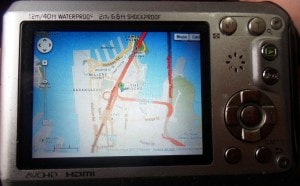
Calling the hostel would be one of the options, but it can happen (rare) that no one speaks English or another language that you know, plus the high the cost of the international call. In this case you check my page on how to save on international calls.
If this doesn’t work you will have to count on you capacity to seek information on the internet or in the information centers when you arrive in town and have the nerve to keep asking everyone on the street until you get to your hostel.
From your accommodation to activities and sights you want to visit
Once you arrive at your accommodation, everything is easier….hopefully As I mentioned before, the receptions of hostels are true sources of tourist information, especially if you don’t know much about the place you are visiting. To learn how to use the reception of the hostel as a source of information about activities and public transport, take a look at my page which activities to do during the trip.
If the receptionist of the hostel isn’t much of a help, do like in the previous items and search for a local tourist center. In the absence of one, utilize Google or go out and start locals.
If the English is lacking, try to write down name of place that you want to go to in their language/alphabet (like I mention above) so you can just show them the card… then hope that you understand their hand gestures as they describe to you how to get there. In general, locals do like tourists and want to help them enjoy their time in their home country or city….with some exceptions like Paris …
If you are doing Couchsurfing, your host should probably know a lot about where they live and can hopefully help you get to where you want to go. Same with the case of any locals you might befriend. Even if your host or friend doesn’t know, assuming there’s a language barrier on your end, at the very least it will be easier for them to help you get that information than if you were to try solo.
From one city to another
Normally, you’ll have several options for getting between cities all with different travel times, comfort levels, and prices. In certain cases, depending on your time constraints, it’s worth spending more for a method of transportation that will take a much shorter period of time. Ultimately, it’s up to you to decide what’s best.
If you aren’t short on time, normally going overland between two cities will be cheaper than flying (although, thanks to many low-cost carriers you might not find this to be true in some places in Europe). Since I already talk about how to save money on flights on a different page, we’ll just talk about overland transportation here. In terms of cost, here’s your best option:
Hitchhiking
To tell you the truth I can’t say much about this option because I don’t use it very much as I like to plan my trip in advance. With hitchhiking, it’s impossible to plan as you truly have no idea how long it will take you get from place to place; it’s completely dependent on the people who pick you up (if you even get picked up, that is).
So, if you hitchhike you’ll be unable to do things in advance like reserve your accommodation, book a time slot to visit Machu Picchu (because they only let a limited number of people enter each day), or arrange to meet with friends. In this case, while you will no doubt save on transportation, you might end up spending more on things like accommodation if you get dropped off in a city where there are no hostels and you have to pay for a hotel, instead.
Despite being very common in some places, like Europe, it’s important to remember that there are some places where hitchhiking could be dangerous (like parts of South America) or even illegal, like in some US states. I even met a Polish girl who traveled most of Europe hitchhiking!! She told me that she and other students in her university would compete in teams to see which group would arrive first at certain city (in another country) only by hitchhiking. Furthermore, since I am male, people can say whatever they want but I can almost guarantee that it is much harder for a man to get lift than a woman…. though probably much safer, too.
And now, this doesn’t mean I never hitchhike. It’s a resource I use a lot to get from cities or towns to ski resorts, which tend to be quite isolated in the mountains. Therefore, public transportation to get to there can be a rarity. I once worked in as a ski instructor at a ski resort that had no public transportation from the nearest town, so every day I had to find a friend to give me a ride and in return I would help him with fuel. I also hitchhike when I have no other option.
Once, I literally crossed the border between Slovakia and Poland on foot since the Slovak bus dropped me by the border and the Polish one did not show up. Thankfully, I found a wonderful person driving through the mountains that was nice enough to give me a lift as it was getting dark.
Even if public transportation is an option, if I’m in expensive countries like Norway or Switzerland, I definitely prefer to hitchhike. In these countries, it is not unusual for a small, 10 minute bus journey to cost around 5 dollars. Naturally, if I can find a way out of paying this, I do.
A good source of information about hitchhiking in specific locations (just search by the city/country) is https://hitchwiki.org/. Here, it’ll even tell you the best methods and locations to get picked up. Altogether, hitchhiking is a really great alternative to consider if you have the time and that adventurous spirit. If you’re looking for other options to get to your next destination, you can:
Ask for information from the hostel, tourist center, transportation terminal, or locals
Hostels are always easiest. Probably this trip you want to do has already been done by a lot of other backpackers. So the guy who works at the hostel already knows by heart all the information you need to know to take this trip. Where to take the bus or train and how to get to the station. Price, how long it takes, what time you will get there, etc … And since it is a hostel, it will probably give you the cheapest option.
It can happen that the staff from the hostel can still find that you are one of the new breed of backpackers, Samsonite style, who wants to do luxury backpacking and will refer you the “backpackers” transport. Nothing against it, but the idea here is to save money and real backpackers don’t use transport for “backpackers”, uses the same transport that the local population uses.
My girlfriend always says: “If you want to know if the transport you are using is really the cheapest option you just have to look around to check the sort of people who are in the same transport with you. If the majority of them are the humble local population, so it is probably because there is no other option cheaper than that”. An example of this would be the famous “Cruz del Sur” buses (basically, like the Etihad or Qatar Airways of buses) that most gringo backpackers take while in Peru.
These buses are great, extremely comfortable with hot food, personal screen entertainment, headphones that you can take home, and anything else you can imagine. I only know this because once, thanks to a killer online deal, my girlfriend and I got the chance to experience this glorious bus company when going from Cuzco to Lima.
And while we truly loved every second of that “luxurious” trip, we would never have done it if we didn’t get a massive discount because otherwise it is crazy expensive!! Like, 5 times more than the cheapest bus. So, when you actually take the cheapest bus possible, I can assure you that the majority of other passengers are Peruvians and that a Peruvian wouldn’t be caught dead on a “Cruz del Sur” bus. This is true for most other places in the world; you can always tell if you’ve succeeded in finding the cheapest method of transportation if you find yourself surrounded by locals.
Since there will normally be several options for buses, to find out the which one is truly the cheapest you will either have to ask the locals or go directly to the bus station and ask from company to company as, in places like Peru, I can almost guarantee they don’t have a website…. just be careful and make sure they don’t try to charge you extra just because you’re a foreigner. If you’re a place like Western Europe, though, you can probably compare prices and even buy tickets online.
In some places, like Thailand and Bali, figuring out the cheapest transportation is easy. These places have so many backpackers per square meter that you can find “travel agencies” everywhere, offering activities and transportation to popular destinations. I found it incredible organized.
They’ll put a sticker on your shirt and take you to the bus station and from there a guy will see your sticker and put you right on the bus which will then go to a hub (kind of a transport distribution center) where you will meet other backpackers who came from other localities and from there, according to the sticker on the shirt of each person, they will be directed to other buses or boats or vans ….impressive logistics!!
The good and reliable internet
All this information will be on the internet if you are in a more developed country. In the United States, for example, you can visit websites like Greyhound for buses or Amtrak for trains and in UK and Europe Megabus and Eurolines for buses or Bahn for trains and you will have all the information you need such as timetables and departing cities. You will also be able to buy tickets from the websites mentioned above since they are the best, most reliable, direct and cheaper option.
Last but not Least: A way of getting information about everything in life is basically to ask Google!! Just ask “how to get from X to Y”. Google will show you several sites that have that answer. Among them the most common are Tripadvisor and Lonely Planet forums where people ask questions about various trips and members wanting to help answer those questions. On these two websites you can also book your accommodation and buy travel guides.
Other search results are sites and travel blogs like this one that give you tips on how to get from one place to another in a more economical way and easy way. Check out my blogs posts in the Trick Treks category on how to do specific routes in the most economical way.
WARNING: If you are traveling in low season or in a place that doesn’t have a lot of tourism, you probably don’t need to reserve your seat on a bus or train in advance because they probably won’t fill up. Of course, this is the best because then you can adjust your itinerary without getting penalized for changing your ticket.
On the other hand, if you are traveling during high season in a very touristic area, you probably want to make your reservations for bus and train as early as possible to avoid the risk of having to sleep in the terminal because there were no more tickets available. This has happened to me before, and it was not pleasant. Plus, just like with plane tickets, buying last minute will cost you an arm and a leg. Also keep in mind that sometimes it’s cheaper to buy online than in the terminal.
Bus Passes
In some places, there are also packages or passes where you pay a certain amount for x number of trips in a given region during a specified time. Often (though not always), these passes end up being much cheaper than buying each ticket individually. 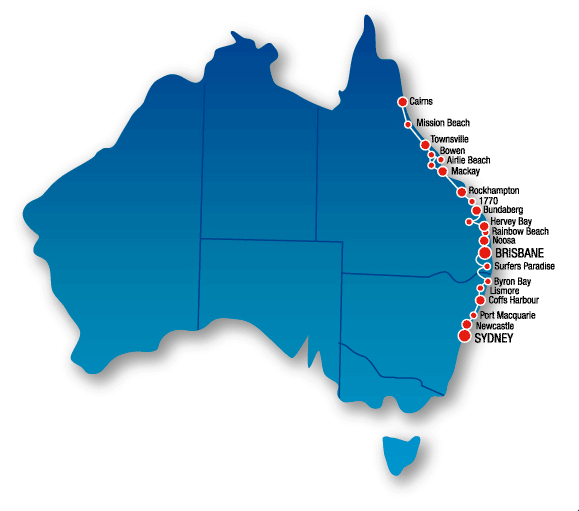
To check if something like this exists in the country or region you are in, go to the main national or international train/bus websites and look for a button that says “passes” or “packages.” Google should be able to help you with this.
But most famous of all, no doubt, are the rail passes in Europe. Currently, there are several companies that offer these passes. You can find all kinds of passes, for a single country or for 2, 3, 5, 20, or more countries in Europe, for a week, a month, or a year, passes that you can use 2, 3, 4, 15, or unlimited times. The possibilities are endless. Everything will depend on your trip, your itinerary, and your pocket. I advise you to spend some time researching and comparing all options before going out and buying pass.
From experience, I can say that buying a rail pass is not always cheaper than buying each ticket individually, especially when you could probably go even cheaper by bus (or be in a European country that rarely uses trains). It can be a bit difficult to really evaluate which is the best option, but you can start by looking at the websites of the transportation company of each country to find prices, add up all the legs of your trip, and then compare. A good Excel spreadsheet to organize everything will be of much help.
Traveling to Europe?! So do not miss my article with specific tips on how to save with ground transportation in Europe. There I give a site where you can compare all types of transport between two cities within Europe and also tell you more about the largest intercity bus company in Europe….it is where you will find the cheapest tickets to get around the continent.
And how do I get these Europeans rail passes like InterRail, Railpass, Europass, Eurail or RailEurope??
You can buy them either directly at a train station once you arrive or ahead of time online. Just take some time to do some research, first. Be very careful with the rules for these passes and make sure you read the fine print… especially with things like compulsory seat reservation (where, even though you already have a pass, you’ll still have to pay some sort of fee to actually make a reservation) and other possible extra costs that may go unnoticed.
The website I usually use for researching and buying rail passes in Europe is Rail Europe and InterRail, for being the biggest and more complete:
Rail Europe (Canada, US, Mexico): https://www.raileurope.com
Rail Europe (World): https://www.raileurope-world.com/
InterRail: https://www.myinterrail.co.uk But you can also research in these other sites too:
Eurail: https://www.eurail.com/
Railpass: https://www.railpass.com/ And for trains to the US, as well as passes:
Amtrak: https://www.amtrak.com/rail-passes
If you love trains, take a look at my page about the 10 most amazing train trips around the world.
Car rentals
On several occasions car rentals can be the best alternative:
- For scenic routes where you want to stop several times along the way to take pictures, visit different regions in your own timing, stay to relax and enjoy the view. In this case renting a car is the best alternative. I did a road trip around New Zealand’s South Island with a rental car and it was perfect because there were amazing places that can only be reached by private car;
- Classic scenic routes. You HAVE to do these routes by car, and if possible with friends or partners on a typical Road
Trip. Some examples:
o BR -101 which follows the Brazilian East Coast from Rio Grande do Sul to Rio Grande do Norte;
o Route 66 which crosses the United States from east to west; o The Great Ocean Road on the South coast of Australia;
o The Highway One which runs from North and South alongside the American East coast;
o The Australian East coast itself;
o New Zealand’s North and South Islands;
o The Garden Route in the Southeast of South Africa;
o The many European roads around the Mediterranean coast;
o Basically any other road where driving through it is part of the local attractions.
- If you are traveling in the United States. With the exception of the Northeast US, public transportation in the US is crap!! It’s not extensive and what exists is bad. The United States of the 20th century was designed for cars, with roads everywhere and wide streets in the cities. In this case, besides using car being a necessity, in the US you can rent cars at very low prices if you are not very concern about the type of car and the rental company.
- and you can usually do it very cheaply.
When I want to rent cars in the US (although you can also use it to rent cars around the world), I always use the website 
- Once at the homepage, you select the “cars” button and type in the dates and pick up location of the car you’d like to rent.
- You might see that the lowest price given is 30 USD per day. However, instead of paying 30 USD, you decide you only want to pay 25 USD.
- Go back to the search page and click on the button on the right that says “name your own price.” Here, you’ll type in your dates and location along with the price that you want to pay.
- The site will test your offer. If things go well, your offer will be accepted. If not, you’ll have to wait 24 hours to try again with a slightly higher price.
While this might sound great to many people, there are a few things that could make it problematic for some:
- When you “name your own price,” you won’t be able to choose the car rental company or the specific model. You can only choose the general type of vehicle (economy, sedan, compact, etc….)
- Before you’re offer is tested, you’ll have to put in your credit information and, if you’re offer is approved, you’re card will be debited instantly. In other words, if your offer is accepted you won’t be able to change or cancel your booking without losing money.
However, I’ve used Priceline many times and have always found it to be reliable and generally have the best deals… I once rented a car for $12.00 per day in Nashville!! Since I’m not picky about car rental companies or car models, this is perfect for me. In the example below, you can see a page showing my options for renting a car for 2 days in Miami.
With Priceline, you can also use this same “name your own price” price tool to find cheap hotels deals and flights. Check out my page for accommodation and 16 tips to find cheap flights to learn more.
(P.S.: If you need help finding the best car rental companies, check out our new article with The 5 Best and Cheapest Websites to Compare and Rent Cars Around the World!)
When the transport itself is part of the appeal
And to finish, everything I said about how to save on transportation does not apply much if the transport itself is one of the trip’s attraction. I already explained a bit about it at the car rental part but it also valid for famous train trips. I’ve done some of these trips and I can say that it is worth and they are often not that crazy expensive. Some examples of train travel that you can’t miss:
- Orient Express – Extremely luxurious train trip around Europe;
For more information:
- Maharaja’s Express – also very luxurious, traveling around some Indian cities;
For more information: https://www.themaharajasexpressindia.com/
- Glacier Express – Crossing the Swiss Alps from East to West, starting and finishing in two of the most famous ski resorts in the world, St. Moritz and Zermatt;
For more information: https://www.glacierexpress.ch/en/
- Rocky Mountaineer – Several different trips throughout Canada’s Rocky Mountains;
For more information:
- Trans Siberian Railway – Crosses from West to East almost all Russia, pretty much from Europe to Asia;
For more information: . Since I know it is not that easy to get a Russian Visa, you can use the services of RealRussia Experience to help you with this process….they are pretty good!
- The Ghan – Crosses the desert center of Australia from North to South.
More information: As I mentioned above, to know more about train trips and a lot of pictures, take a look at my article about the 10 most fantastic train trips in the world.
A word about taxis
Now, you’ve probably noticed that I haven’t mentioned taxis anytime during this text. To be honest, this is because, well, I HATE TAKING TAXIS!! They are just the worst. To start, though, I would like to say that I have nothing against taxi drivers themselves. It is a very honorable profession, dangerous and difficult, especially in the big cities. Plus, taxis exist around the world and have become an essential pillar of the transport network of any city. With that being said…. I’d still avoid them if you can. Besides the obvious of being MUCH more expensive than any other form of public transportation, there are some other reasons of why I try to avoid taxis as if they were the plague:
- Well, you might say “ah, but a taxi in Bolivia is so cheap!!” and yes, this might be true, but then just imagine how much a regular bus costs in Bolivia… only $0.15!! In my experience, if you are alone (and therefore have no one to share the cost of a taxi with), the price of public transportation is on average only 5-10% of the total value of a taxi ride for the same route. Imagine the savings!!
- Personally, I also feel like a wimp if I take the easy way out and take a taxi. After all, I’m young, healthy, and fairly intelligent… so if the local population can survive using public transportation, why can’t I do the same!?!?! Don’t know how the public transportation works here? Then learn it! Ultimately, it’ll be a great life experience and a good practice in problem solving.
- In some places, taking a taxi can be really dangerous!! Although, in places like my hometown São Paulo, you can be robbed even in a bullet proof car. Ignoring this, though, in many countries there is a chance that the taxi driver takes advantage of you not knowing the city and brings you to a small alleyway/the countryside to mug you. While you can also get your stuff robbed while taking public transportation surrounded by people, these are normally just pickpockets and won’t be violent. In many places, even the hostels advise you not to take the city taxis, especially if it is during the night or you are alone and female. Some girls have told me that they normally feel more unsafe taking a taxi at night than walking if they are alone.
- If they are using the meter, it’s likely that they will drive around more than they need to to jack the price up. This practice was very famous in Rio de Janeiro. I once heard of a backpacker who took a taxi ride that was about 20 minutes in total from the bus station in La Paz, Bolivia, to his hostel. Once he arrived at the hostel, he went for a walk and realized that the bus station was only 2 blocks away!!
- Even if they don’t use a meter and you try to negotiate a price beforehand, it’s likely the driver will try to charge you several times more than the normal price because you are a tourist.
- Finally, riding public transportation gives you the privilege to learn a bit about the locals in the place you are visiting as, presumably, most locals take public transportation. It lets you see how these people live their daily lives and lets you experience a small part of that. It also gives you a feel for the priorities of the city; is the public transportation system clean and organized? Or is it in need of some repairs and not extensive enough to serve the needs of the people? Plus, you’d be surprised by how many friendships can be made while taking public transportation.
But like every rule there are exceptions based on the rationality of the situation:
- If you are in a group and sharing a cab works out cheaper, go for it!!;
- If you are full of bags, you cannot keep walking around with all these baggage, getting into crowded buses during rush hour. Get a cab!!
- If your schedule is tight and you are late to catch a bus, train, plane, go for an event, activity, etc… it doesn’t worth being late for it because you tried to save money … the cheap becomes expensive;
- There are ways where there is simply no public transportation and then you have to get a taxi. When it happens, you often have the option to share the taxi with other passengers;
- If it is too late and public transportation does not work anymore….you will not stay freezing in the middle of the street until 5:00 AM in the morning waiting for the bus to come back into service. No one would be stupid enough to do that….ups…
- If you end up lost in a dangerous area, everyone is watching you and you’re feeling that things will get ugly….Stop the first taxi you see and get out of there!! The same thing in reverse. Many hostels are in the center of large cities that are great during the day but at night it looks like “Grand Theft Auto”. If you will arrive at the hostel late at night, better go by taxi;
- You’re drinking with some friends and are ready to go to party. If public transportation is fast and accessible (mostly subway), awesome! But are you going to be waiting 1 hour for the bus at the bus stop?? Until you arrive at the club you are already sober, starving and looking for a kebab to eat and go to sleep. In this case, taxi is definitely recommended;
But like every rule, there are always exceptions in which taxis are the best (or only) option:
- If you are in a group and sharing would end up cheaper, go for it!
- If you are carrying an excessive amount of luggage and don’t think you’ll be able to fit it in public transportation
- If you schedule is tight and you are going to miss a bus, train, plane, event, activity, etc…. it’s not worth missing something just to save money as some things (like a missed flight) will end up being much more expensive than that taxi ride…
- If there is no public transportation to bring you where you want to go, obviously a taxi is your only option. In places like this, you might be able to find a “shared” taxi so you can split the cost with other passengers.
- If it is too late and public transportation has already stopped…. you probably shouldn’t stay freezing in the middle of the street until 5 in the morning waiting for the bus service to start again… no one (*cough*) would be stupid enough to do that (*cough,cough*)…right?
- If you end up in a dangerous area… take a taxi and get out of there! Many hostels are in the center of large cities which, while great during the day, might turn into something resembling “Grand Theft Auto” at night. If you’ll be arriving at night, it’d also be a better idea to take a taxi. Just make sure to read my tips in the next section to stay safe if you have to do this…
- If you’re drinking with some friends and want to get out to the clubs… FAST. If public transportation is quick and accessible (like a subway), awesome! But if you have to wait 1 hour for the bus at the bus stop?? By the time you finally arrive at the club, you’ll be sober, hungry, and looking for a kebab to eat and go to sleep. In this case, a taxi is definitely recommended.
So if you really need to take taxi, here are some tips to stay safe:
- Always try to find out if the meter works or if the fare is agreed upon before. NEVER take a taxi without negotiating the price beforehand if the meter won’t be used. Also, NEVER accept the first value they give you… always negotiate!!
- Before negotiating the fare with the driver, try to find out how much the local people would pay for that same ride, although it might still be impossible to get the driver to agree to that price.
- If the meter works and you want to avoid being taken for useless 2 hour drive, try to have a map in hand and have some idea of where you are and where you want to go. One time, while I was in the Philippines, I literally sat on the passenger seat, opened the map and kept looking at the street signs and asking the driver where we were. Annoying, obviously, but at least he knew I was alert so he couldn’t try to drive more to charge me extra.
- Make sure you don’t get out of the car until you’ve received your change back. Once, while taking a cab in Santiago, Chile, I paid the driver after getting out of the car and he drove away without giving me my change.
- If the security conditions of where you are are not optimal, avoid taking cabs directly from the street. Instead, try to take them at taxi stops where there are other taxi drivers or ask a hotel to call a taxi for you. At the airport, take a taxi from an accredited company.
- If you don’t have these options, make sure you take a cab that has a company name, company phone number, and registration number printed on the side. Inside, there should also be a specific registration card identifying the driver. After all, pretty much anyone can buy one of those light up “taxi” signs and put it on the roof of their car. In these cases, it’s also not the best idea to take a taxi very well dressed or while showing off expensive belongings.
I’m sorry if this just seems like an angry rant about taxis, but I’ve heard so many horror stories about taxis around the world and have seen many notes on hostel websites reminding travelers to be careful when taking taxis. So, you can never have too much warning. If you want more, non-taxi related safety tips, check out my page on how to travel safely.
ONE LAST NOTE: Okay, I promise this is the last thing that I have to say on this already very-long page. As I mention in my profile page, unforeseen problems always happen while traveling and, often, transportation is usually the part of the trip that will give you the most trouble. You might get lost, miss your train, catch the wrong bus and get off in the middle of nowhere, be robbed by a taxi driver, or mugged on the subway….
In other words, transportation will likely be your largest source of headache during your trip. To try to help prevent this, good research, preparation, and organization are essential. Although, if you really want to avoid such problems, you are welcome to stay at home watching the world from behind the TV screen …I prefer traveling!!
And what about you?? Do you have any other good tips on how to save on transportation during your trip?? Give your testimony in the comments area or write me if you still have any questions and I’ll try to help the best I can.
Happy travels!!
Planning your next trip?

Already reserved your hotel or hostel? If not, our article with The 6 Best and Cheapest Websites to Find & Reserve Accommodation can help you out. You’ll also find some promotions and discount codes.
Still haven’t booked your plane ticket and want to save big? Take a look at our page with 16 Tips to Save on Flights where you’ll also find the 4 best websites to buy your plane tickets.
And finally, will you need to rent a car during your trip? Then surely our page with The 5 Best and Cheapest Websites to Compare and Rent Cars Around the World will help you choose the best rental car and find a good deal.

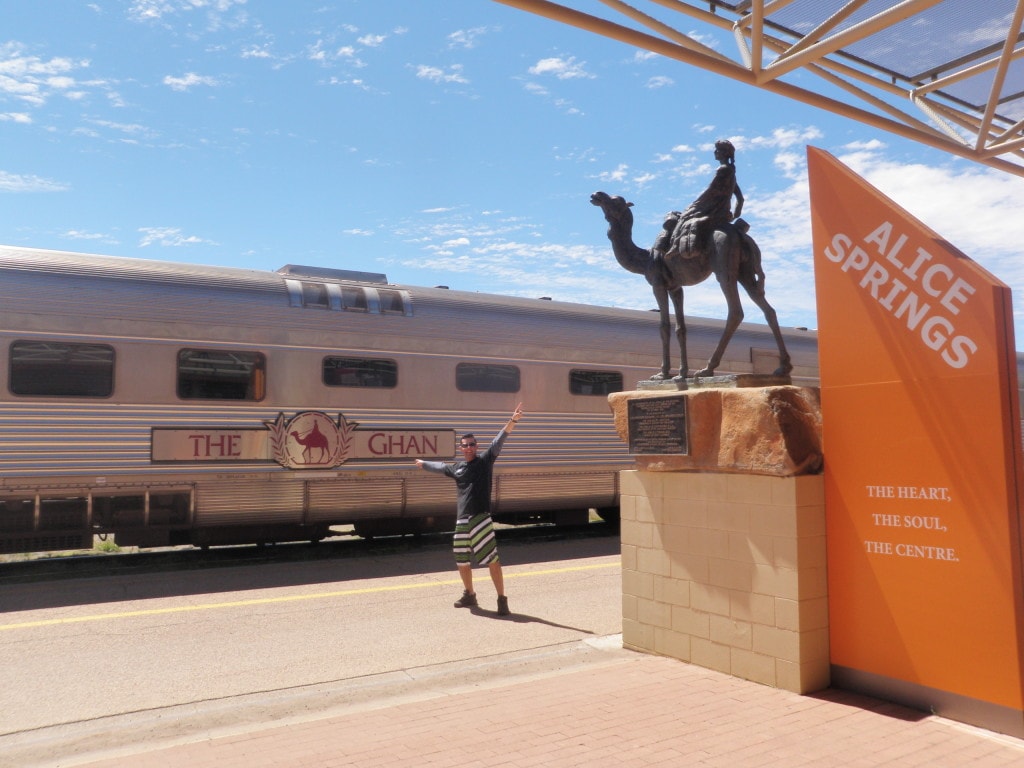
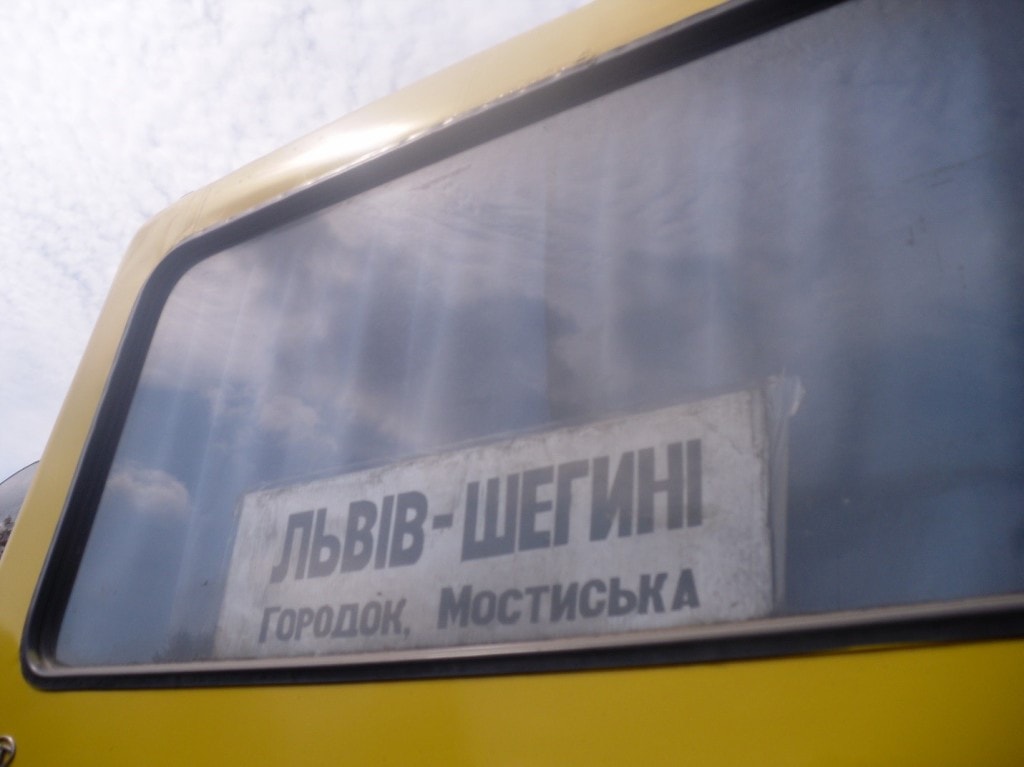
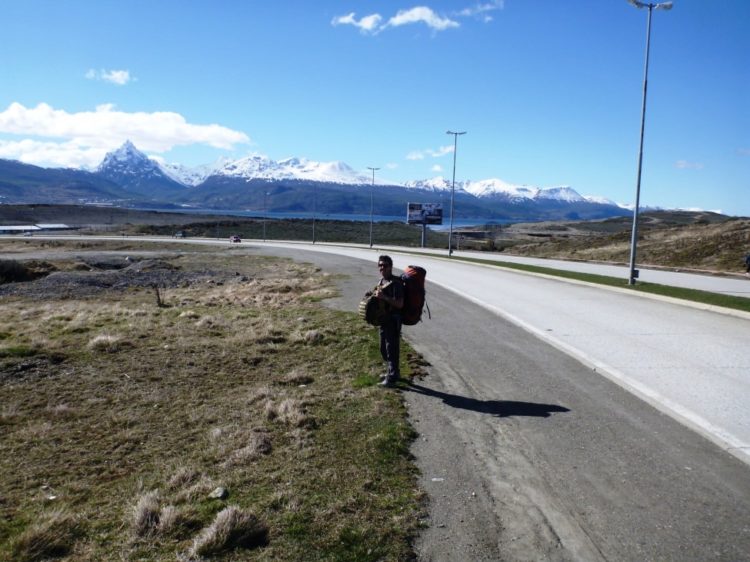
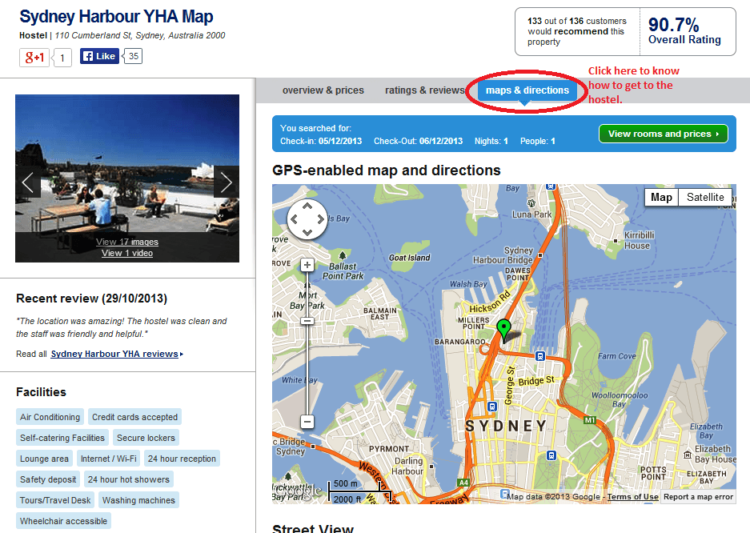
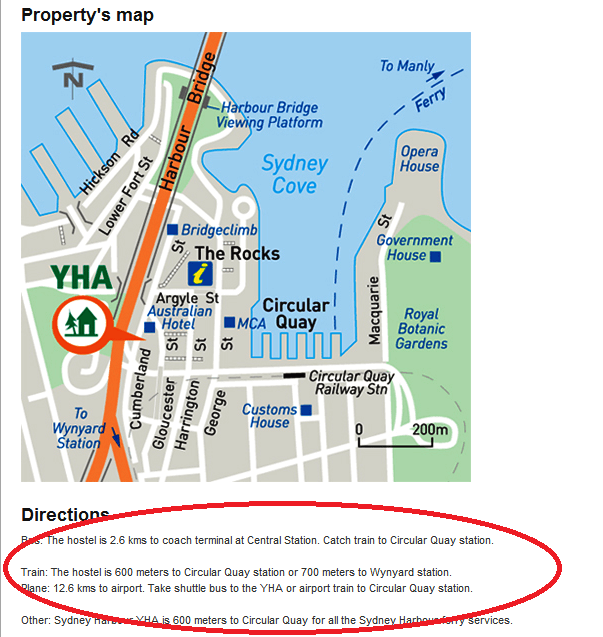

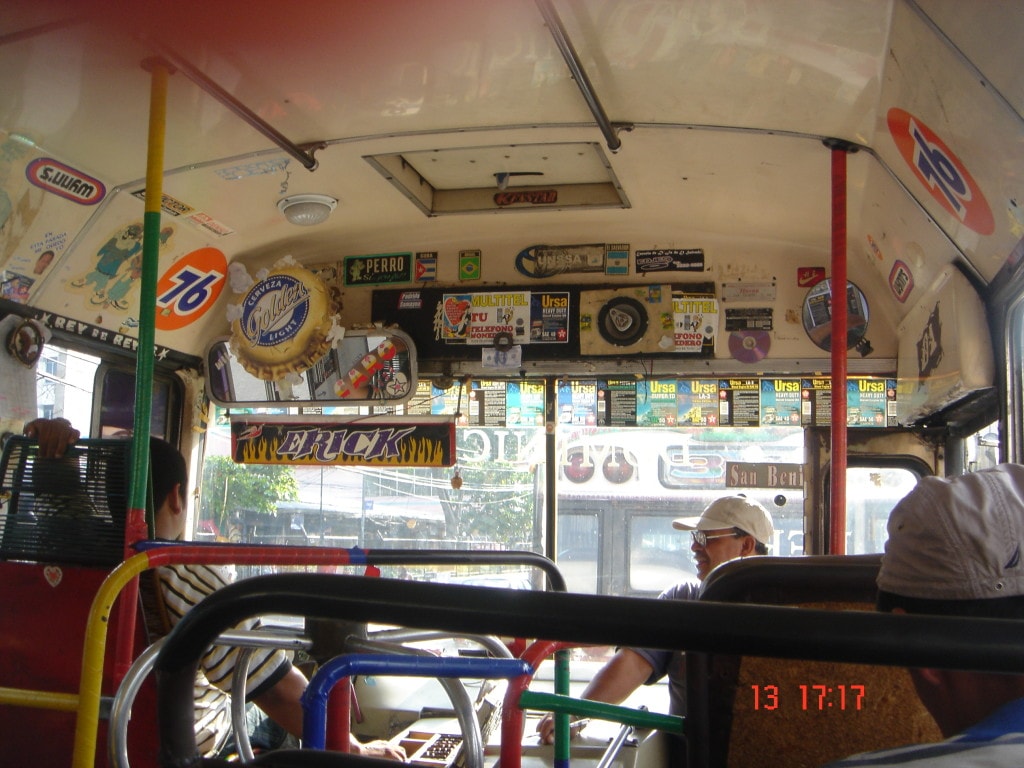

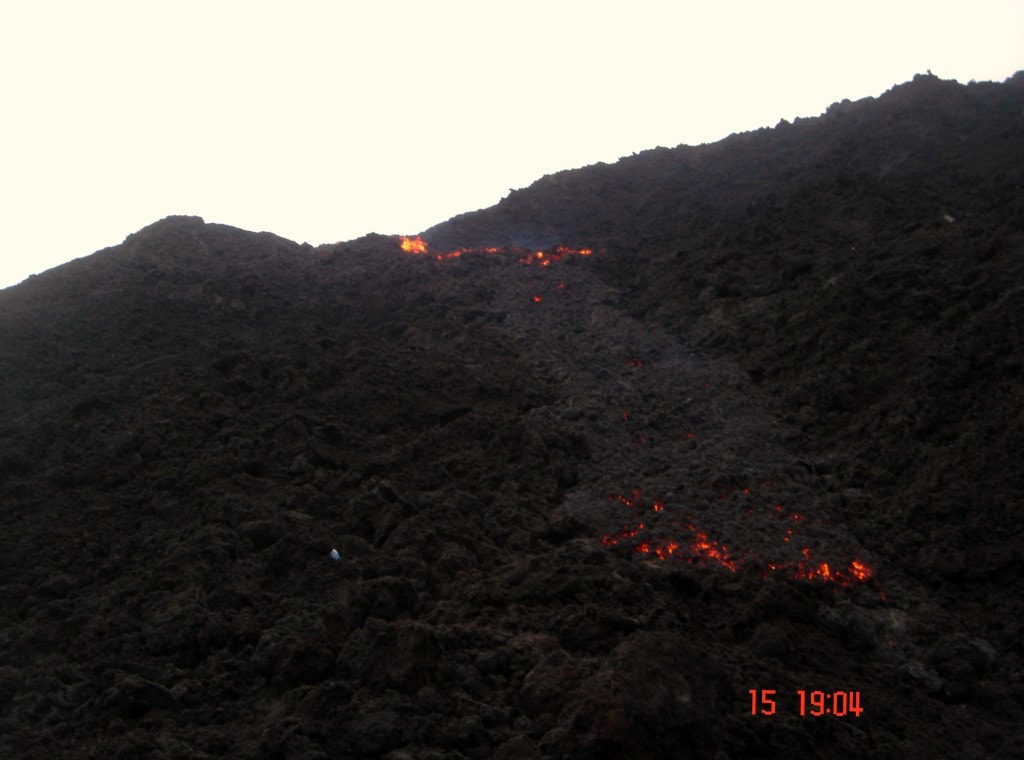
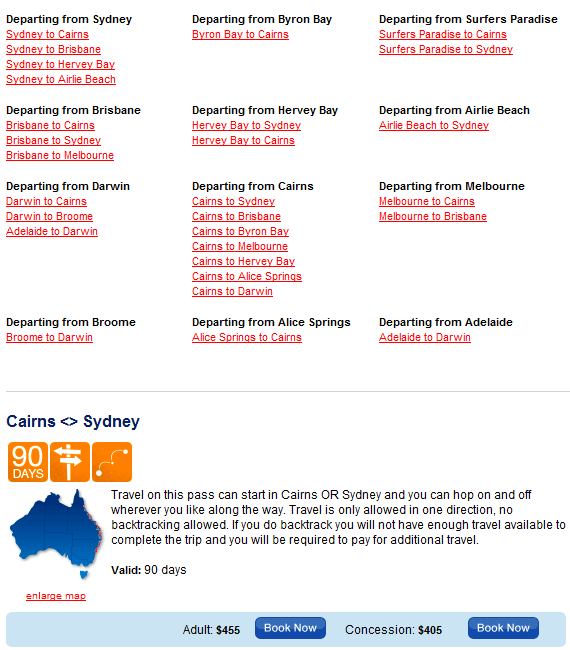
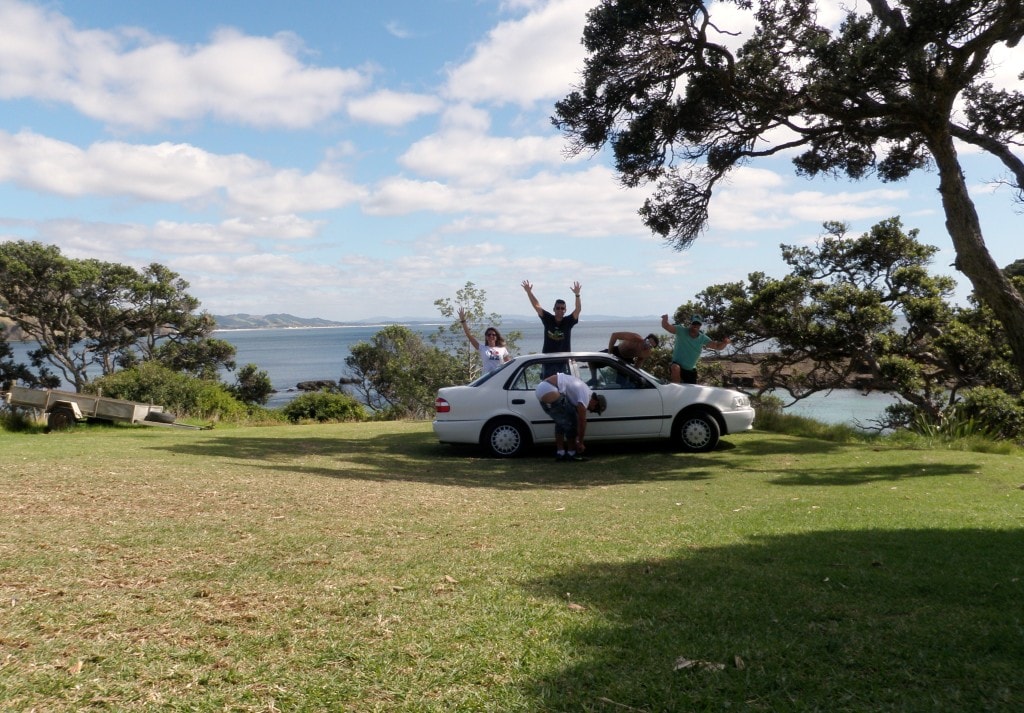

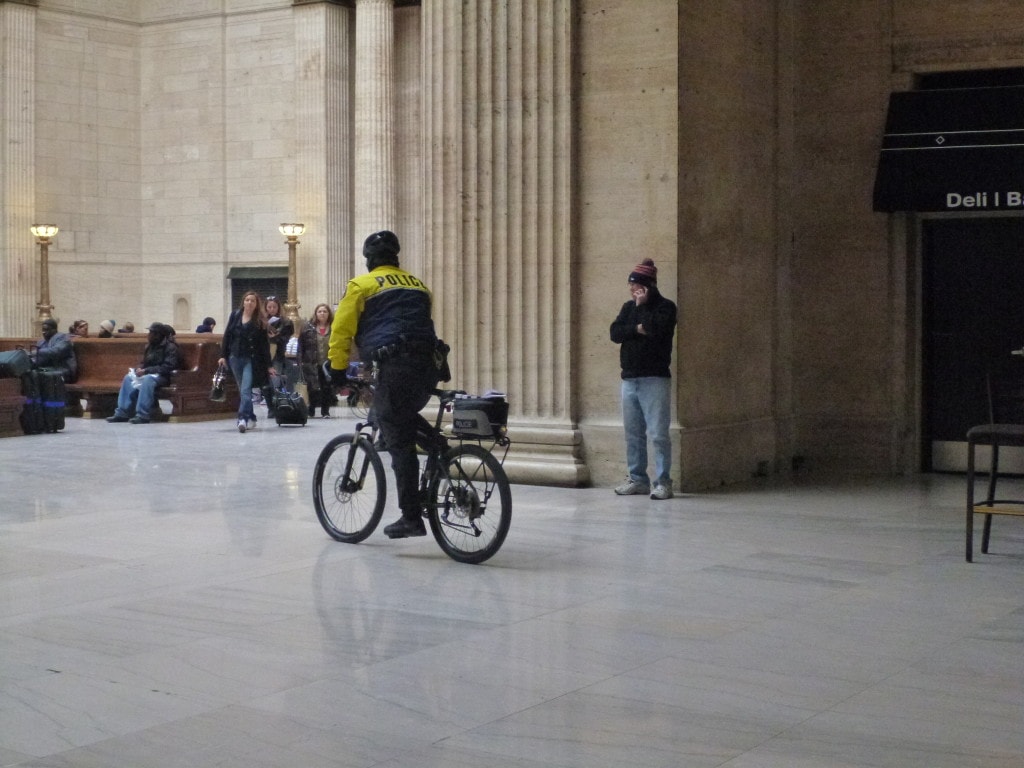



 8LvG4w56H8xI6oS3MDSK2mZ1enEH_ABlpTx5jAsYdFQ
8LvG4w56H8xI6oS3MDSK2mZ1enEH_ABlpTx5jAsYdFQ
what you said about taxi drivers is spot-on! I tried to avoid taking taxi unless its really necessary, they always try to rip you off if they know that you are a tourist
Hi Henry. That’s for sure. Even in the website of some hostels and hotels they tell people to avoid taking taxis. Plus, in a lot of countries, taxi drivers try to rip off even the locals. Imagine a tourist who does not know the place and the language. As you said…avoid at all cost!! Thanks for the comment.
[…] SAVE ON TRANSPORTATION […]
[…] SAVE ON TRANSPORTATION […]
[…] SAVE ON TRANSPORTATION […]
[…] SAVE ON TRANSPORTATION […]